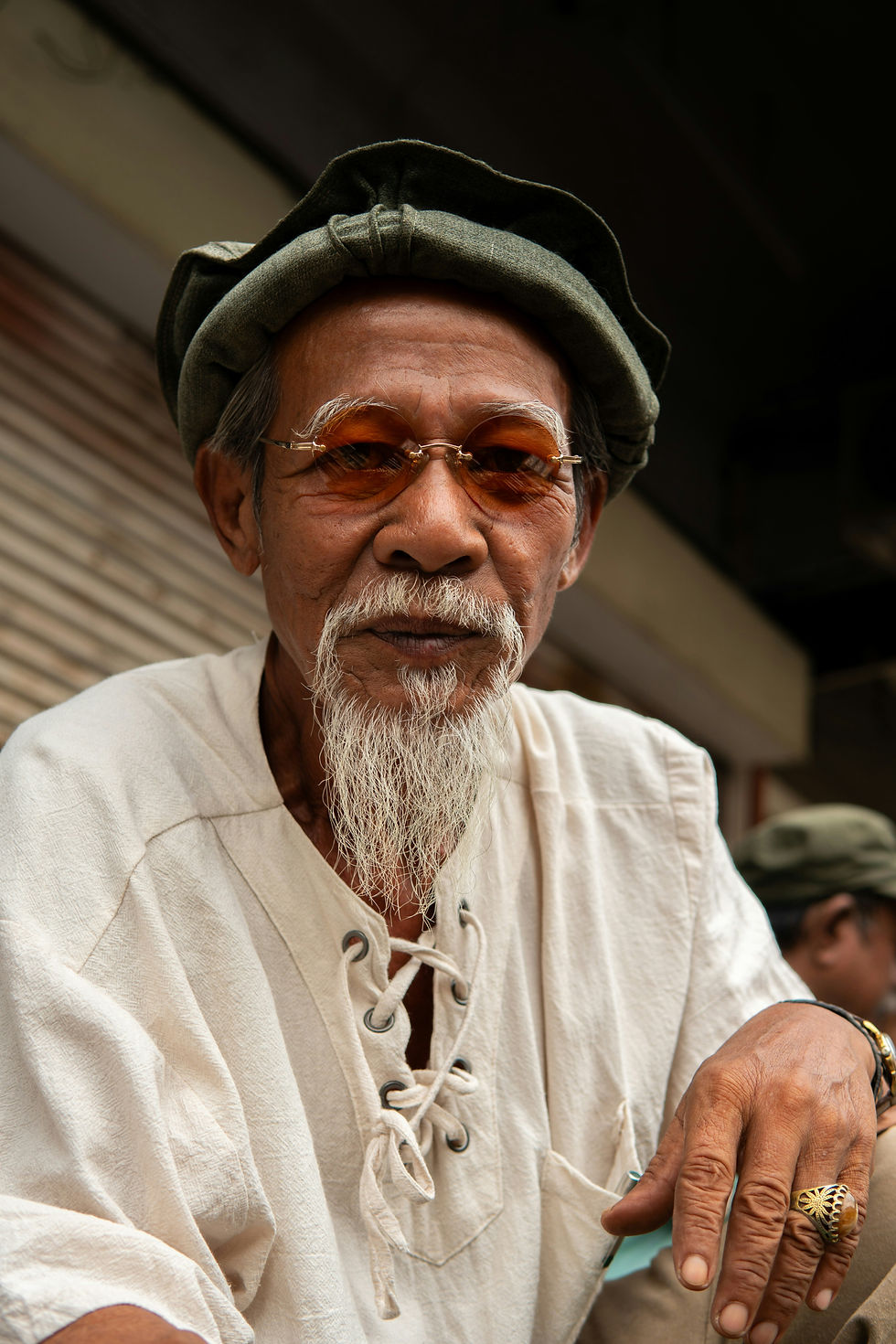
Bissora Guinea-Bissau History
Bissora is a historic town in Guinea-Bissau, located in the Oio Region. It has been central to the country's agricultural activities, particularly rice farming. Historically, it played a role in the colonial economy as part of Portuguese Guinea. The town reflects the cultural diversity of the region, shaped by local ethnic traditions. Its resilience and history showcase its importance to Guinea-Bissau's rural development.
Bissora Guinea-Bissau Language
The primary language spoken in Bissora is Crioulo, a widely used Creole language in Guinea-Bissau. Local languages such as Balanta and Fula are also spoken, reflecting the ethnic diversity of the area. Portuguese serves as the official language for government and education. The linguistic blend highlights Bissora's multicultural identity. Communication thrives on a mix of tradition and modern influences.
Bissora Guinea-Bissau Flag
The flag of Guinea-Bissau represents unity and pride in Bissora and beyond. It features the Pan-African colors of red, yellow, green, and a black star. Red symbolizes the struggle for independence, while yellow and green reflect natural resources. The black star signifies freedom and African identity. This flag embodies the spirit of Bissora as part of Guinea-Bissau's heritage.
Gabú Guinea-Bissau
Gabú is a key region in eastern Guinea-Bissau, known for its rich history and culture. It was historically part of the Kaabu Empire, an influential West African state. Gabú thrives on agriculture, especially cashew production, and is a cultural hub for the Fula ethnic group. Its traditions and landscapes make it a vital part of the country's identity. Visitors often explore its vibrant markets and historical sites.
Bissora Guinea-Bissau Map
Bissora is located in the northern Oio Region of Guinea-Bissau. It lies within a fertile area ideal for agriculture and is connected by rural road networks. Nearby towns include Mansoa and Nhacra, forming part of the region's economic activities. Maps of Bissora highlight its position as a vital agricultural center. Its location makes it accessible yet deeply rooted in rural traditions.
Nhacra Guinea-Bissau
Nhacra is a small but vibrant town in the Oio Region of Guinea-Bissau. It serves as an agricultural hub, with locals engaging in farming and small-scale trading. The town reflects the multicultural nature of the region, with several ethnic groups coexisting peacefully. Nhacra’s markets and community events offer a glimpse into everyday life. Its simplicity captures the heart of rural Guinea-Bissau.

Mansoa Guinea-Bissau
Mansoa is a significant town in the Oio Region, located near the Mansoa River. Known for its agricultural activities, it plays a key role in rice and cashew farming. Mansoa is also a center of local culture, with lively markets and traditional festivals. Its connection to Bissau via road networks makes it an important regional link. The town represents the spirit of resilience and progress.
Oio Guinea-Bissau
The Oio Region, where Bissora is located, is a major agricultural hub in Guinea-Bissau. It is known for cashew production, which is a cornerstone of the country's economy. The region is home to various ethnic groups, each contributing to its cultural richness. Oio is marked by its rural charm and historical significance. Its diverse landscapes and traditions reflect Guinea-Bissau's essence.
Final Thoughts
Bissora and the surrounding towns in Guinea-Bissau represent a blend of history, culture, and rural development. From its agricultural strengths to its vibrant traditions, this region offers a glimpse into the heart of the nation. Despite challenges, these communities thrive on resilience and unity. Exploring Guinea-Bissau’s towns unveils its true charm and potential.

Comments